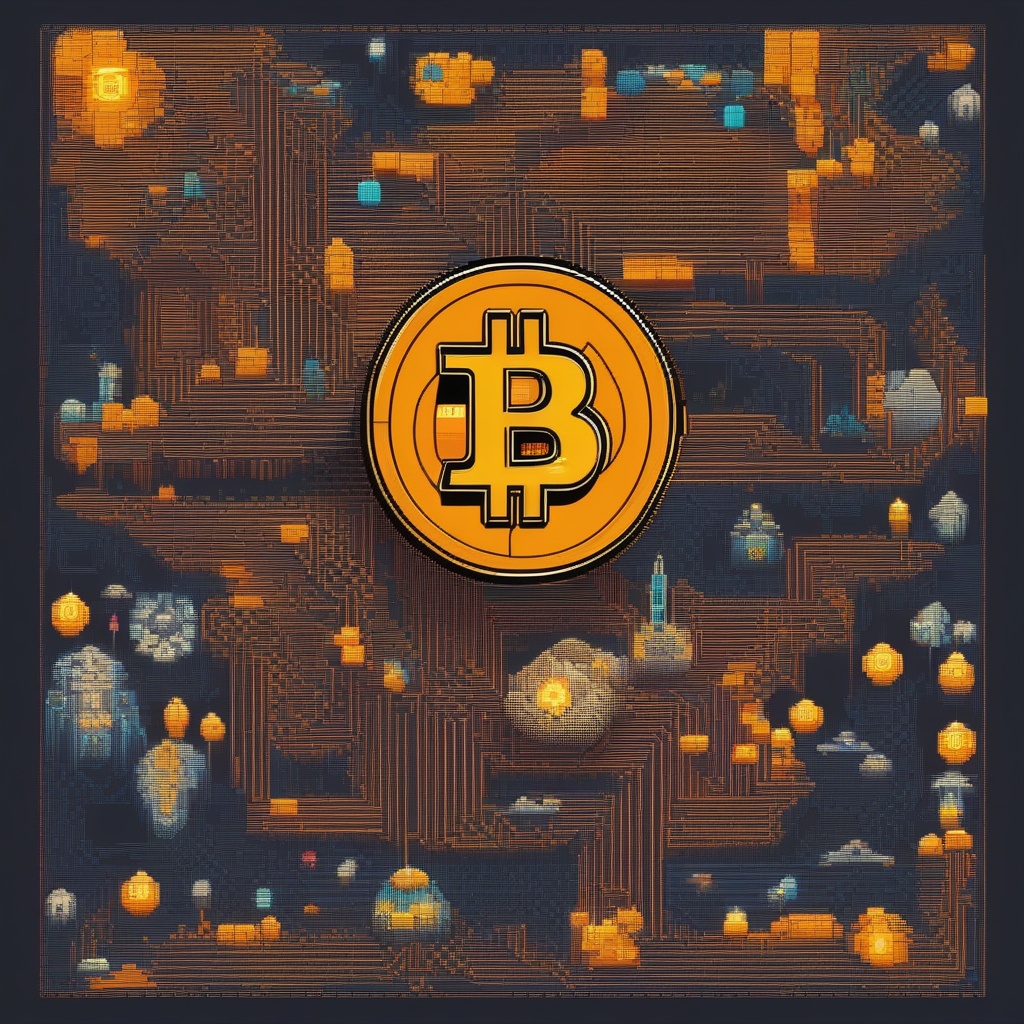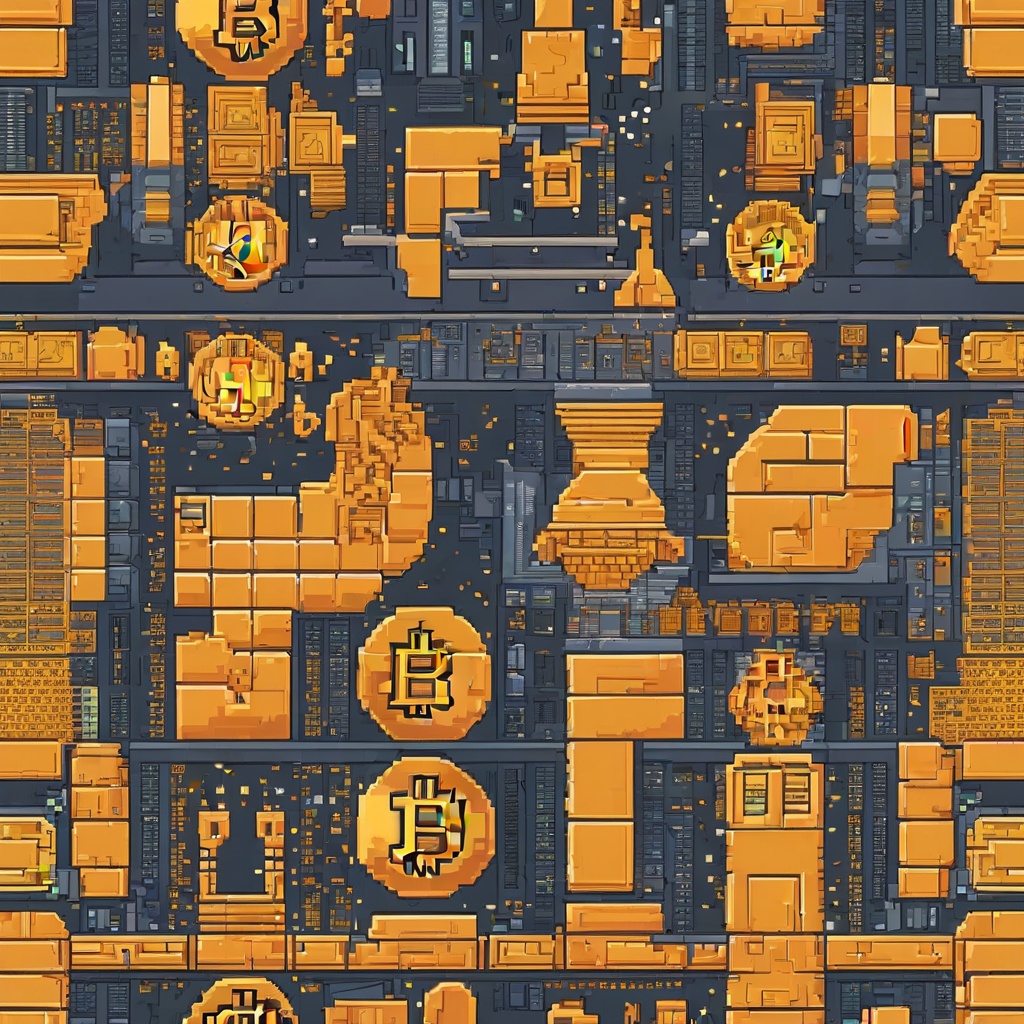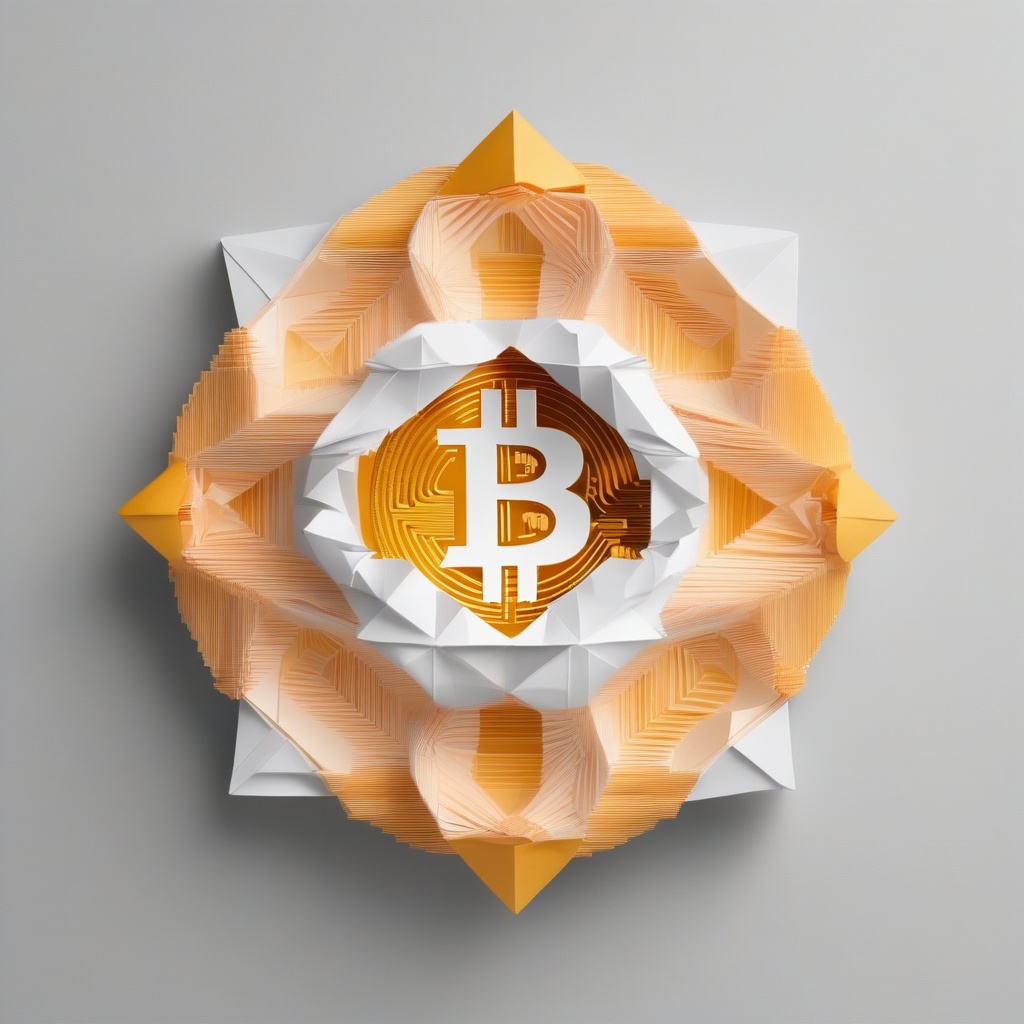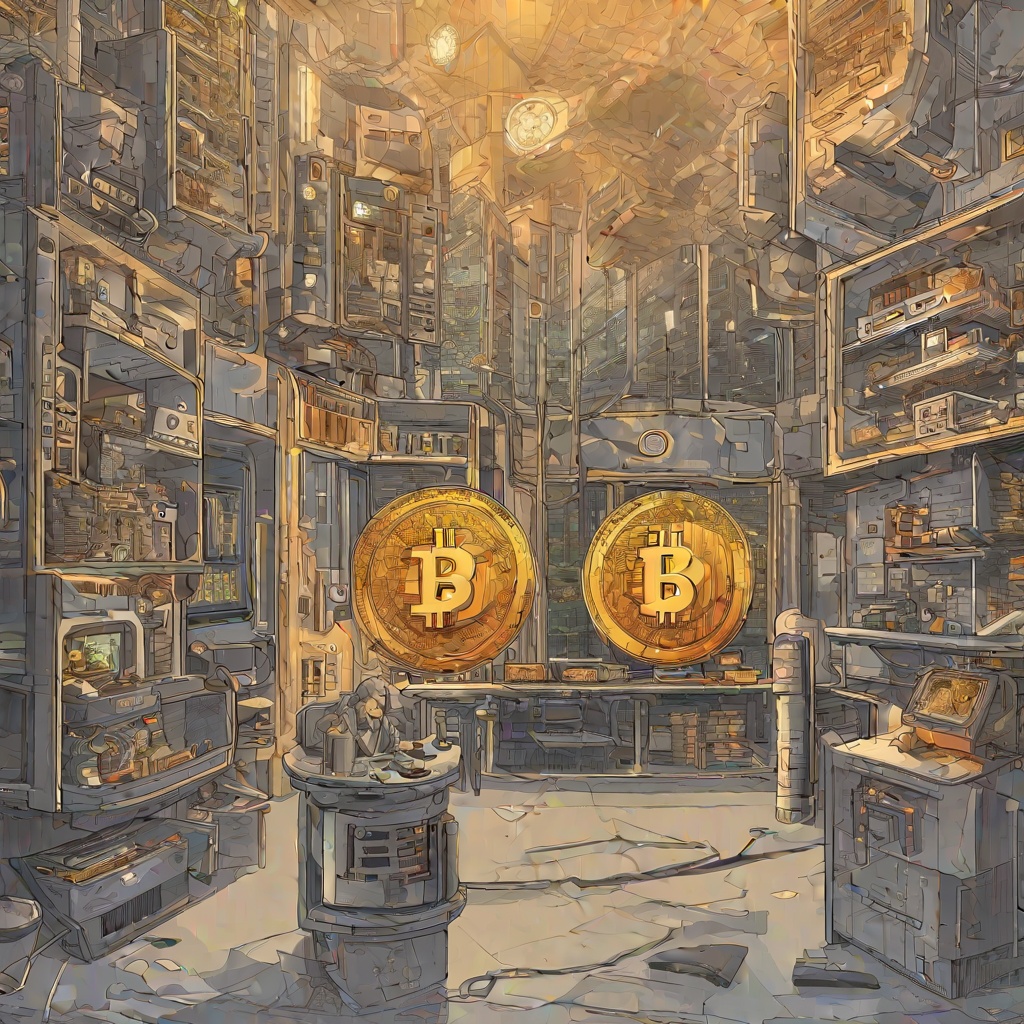Why is The Sandbox going down?
As a keen observer of the cryptocurrency market, I've noticed a concerning trend in the price of The Sandbox (SAND) token. Could you please elaborate on the reasons behind its recent downturn? I've heard rumors of decreasing user engagement on the platform, potential technical issues, and even concerns about competition from similar metaverse projects. However, I'd like to get a more comprehensive and informed perspective on the matter. What specific factors are contributing to the decline in SAND's value, and what steps could potentially be taken to reverse this trend?

Why is NFT losing value?
Could you elaborate on the reasons behind the declining value of NFTs? It seems like the market has been experiencing a downturn recently, and I'm curious to understand the key factors driving this trend. Is it a result of overvaluation in the initial hype? Are investors becoming more cautious about the long-term sustainability of NFTs? Or is it simply a correction in the market, as these digital assets reach a more realistic pricing point? Clarifying these questions could help investors and collectors navigate the NFT landscape with more informed decisions.

Why do you put cinnamon in a sandbox?
Excuse me, as a professional practitioner in the fields of cryptocurrency and finance, I must confess that I'm thoroughly perplexed by this seemingly unrelated query. Could you elaborate on the rationale behind placing cinnamon in a sandbox? This practice seems to be a far cry from the realm of digital currencies and financial markets. Is there perhaps a metaphorical connection that I'm missing, or is this a unique cultural tradition I'm unaware of? Clarifying this matter would greatly assist in my attempt to provide a meaningful response. Thank you for indulging my curiosity.

Why is gasgas so expensive?
In the realm of cryptocurrency, particularly Ethereum, the concept of "gas" plays a pivotal role in the execution of smart contracts and transactions on the blockchain. However, many have raised the question: Why is gasgas so expensive? It's a valid inquiry given the significant financial implications it poses for users. The cost of gas, denoted in Gwei, is determined by the network's demand and congestion. When the network is congested with a high volume of transactions, the cost of gas increases as miners prioritize transactions with higher gas prices. This pricing mechanism ensures the network's efficiency and scalability. However, it begs the question: What are the underlying factors that drive this high cost? Is it a result of limited resources, miner incentives, or something else entirely?

Why is GMX so popular?
Have you noticed the meteoric rise of GMX in the cryptocurrency and finance space? The platform has garnered significant attention and a loyal user base, and I'm curious to understand why. Could it be the innovative trading mechanisms it offers, such as its unique liquidity model or advanced order types? Or perhaps it's the robust security measures that ensure user funds remain safe and secure? Maybe it's the user-friendly interface and seamless trading experience that appeals to a wide range of investors? As a professional in this field, I'm interested in understanding the key factors that contribute to GMX's popularity and widespread adoption. Could you elaborate on what sets GMX apart from its competitors and makes it such a sought-after platform?

